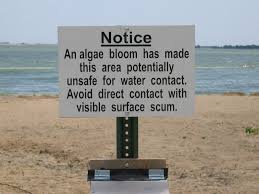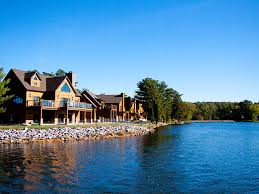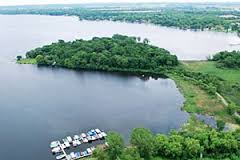I’ve been reading lately from sources such as the EPA and NRDC that climate change, in particular the heavy rains and hotter temperatures, is a primary contributor to the increase in toxic algae blooms seen around planet Earth. As I read, I was hoping to discover what percentage of blooms can be explained by hotter temperatures — and the correspondingly warmer waters that stimulate bloom activity.
Unfortunately, it appears that no matter how you try to slice the pie chart, hotter temperatures, more heavy rain, and drought — which I won’t touch on here — all work together to create a nasty cocktail upon which algae greedily gulps. Simply put, wherever Harmful Algae Blooms (HAB) exist, you’ll find at least two of the aforementioned conditions working together.

Which brings me to my point. In the terrific white paper Tides of Trouble from the NRDC website, the first “what to do” item proposed is to implement methods to control nutrient runoff from cities and farms, etc. Proven methods, I might add.
As I’ve said many times before, there is no one solution to the global problem of HAB in waterways. But, wherever HAB’s do exist, controlling nutrient run-off is often cited as the most effective first line of defense.



